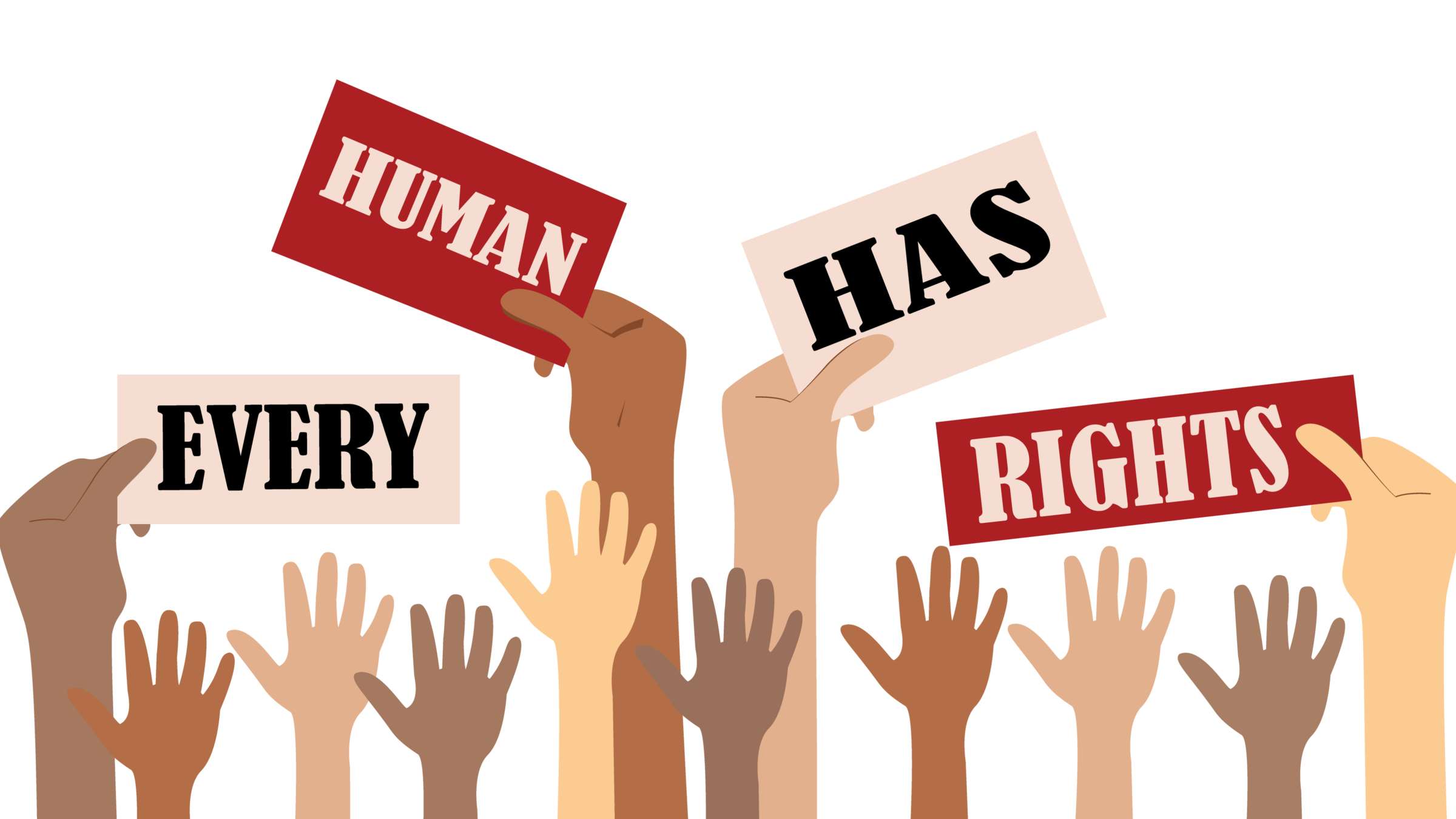
“We want all of our rights, we want them here, and we want them now.” – Martin Luther King
Definition
Human rights are fundamental, inherent rights and freedoms that every individual is entitled to simply by being human, regardless of race, gender, sexual orientation, nationality, religion, or any other status. These rights encompass a wide range of principles, such as the right to life, liberty, and security, freedom from discrimination, the right to education, and the right to participate in the cultural, social, and political life of one’s community. Human rights are typically enshrined in national and international legal frameworks, serving as a cornerstone for the protection of human dignity, equality and the promotion of a just and inclusive society.
History/Background
Overall
The concept of human rights has a long and complex history that has evolved over centuries. The idea of basic rights and freedoms for individuals has roots in several civilizations, religious and philosophical traditions. However, the modern understanding of human rights did not emerged until recent 20th century.
Ancient Period

The origin of the term “human right” can be traced back to ancient civilizations. In Ancient Greece, well-known philosophers, including Plato, engage in discussions of the essential concepts of justice and the rights of individuals. In Plato’s “The Republic” and “Laws”, he explores the idea of justice, virtue, and the structure of an ideal state that can be achieved through a balance of powers among classes. For Plato, individuals’ rights were tied to their societal roles and contributions to the greater good of the nation.
Modern Developments
The Age of Enlightenment in the 17th and 18th centuries in Europe has significantly influenced the idea of human rights. Philosopher like John Locke laid the groundwork for modern individual rights principle by emphasizing the importance of natural rights and the social contract. John Locke argued that individuals possess the rights to life, liberty, and property – the rights that are inherent to individuals by their existence. These ideas formed the basis for the later conceptualization of human rights, asserting individuals have certain fundamental entitlements.

Future Insight
The understanding of human rights has evolved with continued advocacy, social movements, and legal developments that influence the general understanding of basic rights. While the challenges persist in the protection and implementation of human rights, we are working collectively toward a world without discrimination, inequality, and conflicts with the rise of greater voices from minorities.
Examples
Civil Right Movement
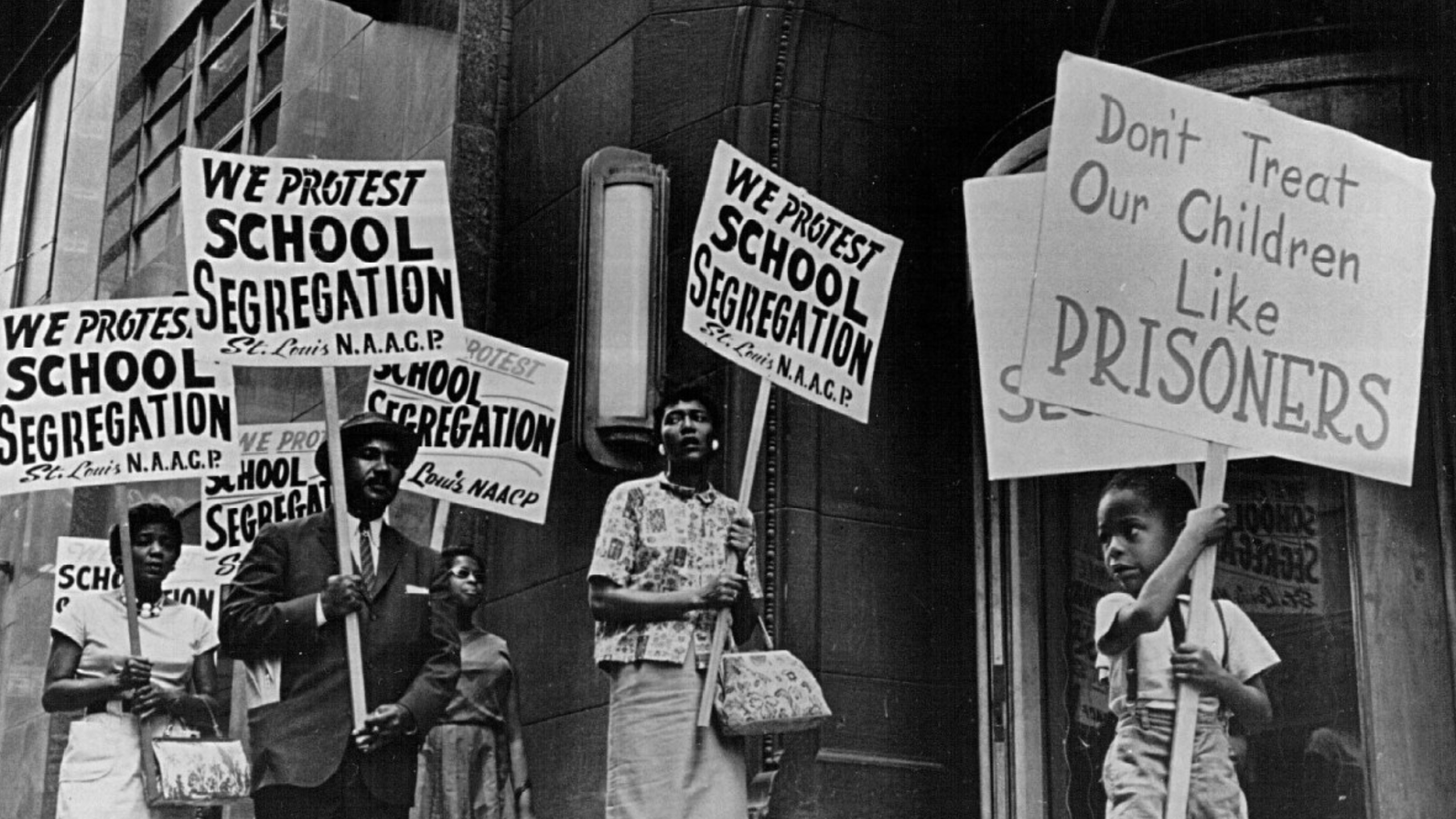
The Civil right movement was a nonviolent social movement that aimed to eliminate racial segregation and discrimination in the US during the 1950s. Racial segregation violated fundamental human rights by enforcing systemic discrimination and inequality based on race. It prohibits black people’s right to equal access and opportunities in education, employment, public services, and other fields. Segregation resulted in inferiority, denied basic civil liberties, and infringed upon the dignity of individuals by violating their rights to equal protection under the law and access to the same opportunities as others solely based on racial identity.
LGBTI Community
In recent, Lebanese authorities are systematically infringing upon the human rights of LGBTI individuals through proposed anti-LGBTI laws and ongoing violence. These actions occur during an economic crisis, further impacting marginalized groups. Media organizations and civil society in Lebanon are standing against this repression. International human rights standards and Lebanon’s constitution safeguard freedom of expression, assembly, and association without discrimination.
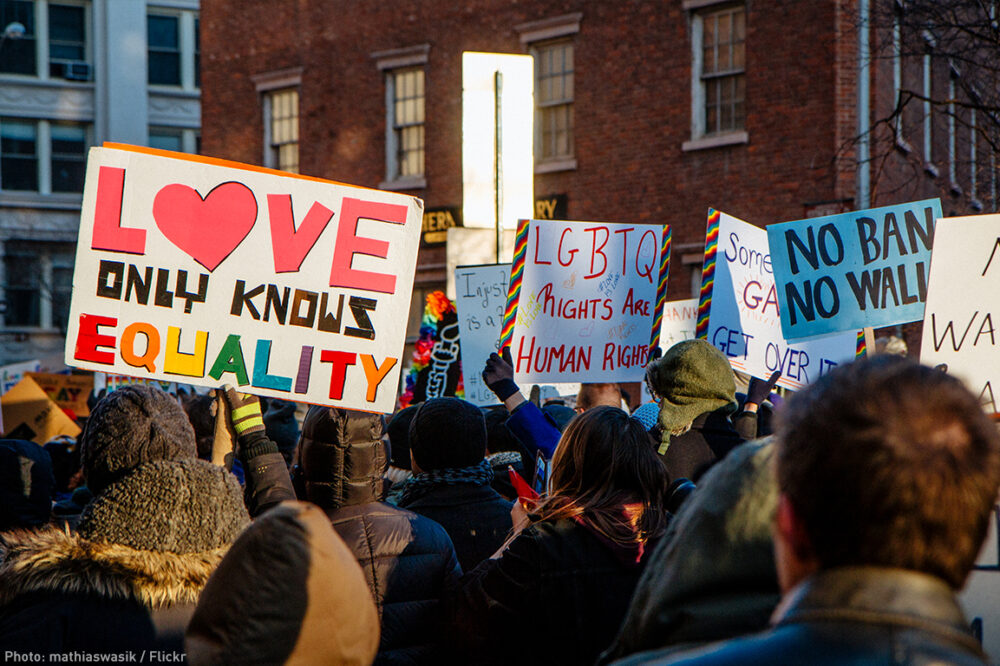
Military Conflict
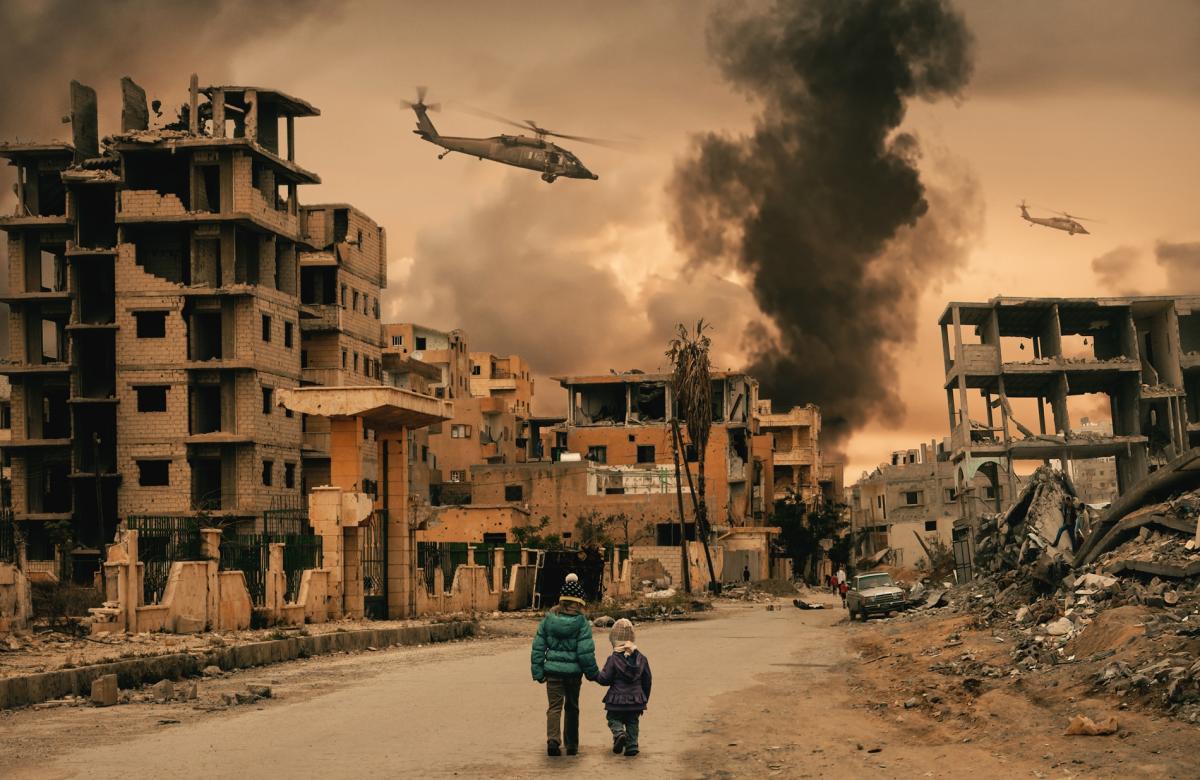
The laws of war, or international humanitarian law, dictate the conduct of parties in armed conflicts. They aim to minimize suffering and protect civilians and disengaged combatants, including prisoners of war. Despite these laws, grave human rights violations occur in war, such as using rape as a weapon, recruiting child soldiers, and attacking civilians. Under these laws, civilians can’t be targeted, but they may be unintentionally harmed during proportionate attacks on military targets.
In Art/Representations
As a powerful medium, Art always acts as a tool for ideal expressing and advocating. Throughout history, artists utilize their work to highlight social injustice, call for change while highlighting human rights issues. Some common forms of art demonstration include visual arts, photography, performance art, literature and more.
The “Guernica” by Pablo Picasso demonstrate how art plays significant role in human right promotion. As one of Picasso’s most renowned and powerful art piece, “Guernica” is a response to the bombing of the Basque town of Guernica during the Spanish Civil War in 1937. The painting represents of the horrors of war and the suffering inflicted upon civilians, embodying a protest against violence, inhumanity, and the violation of human rights.
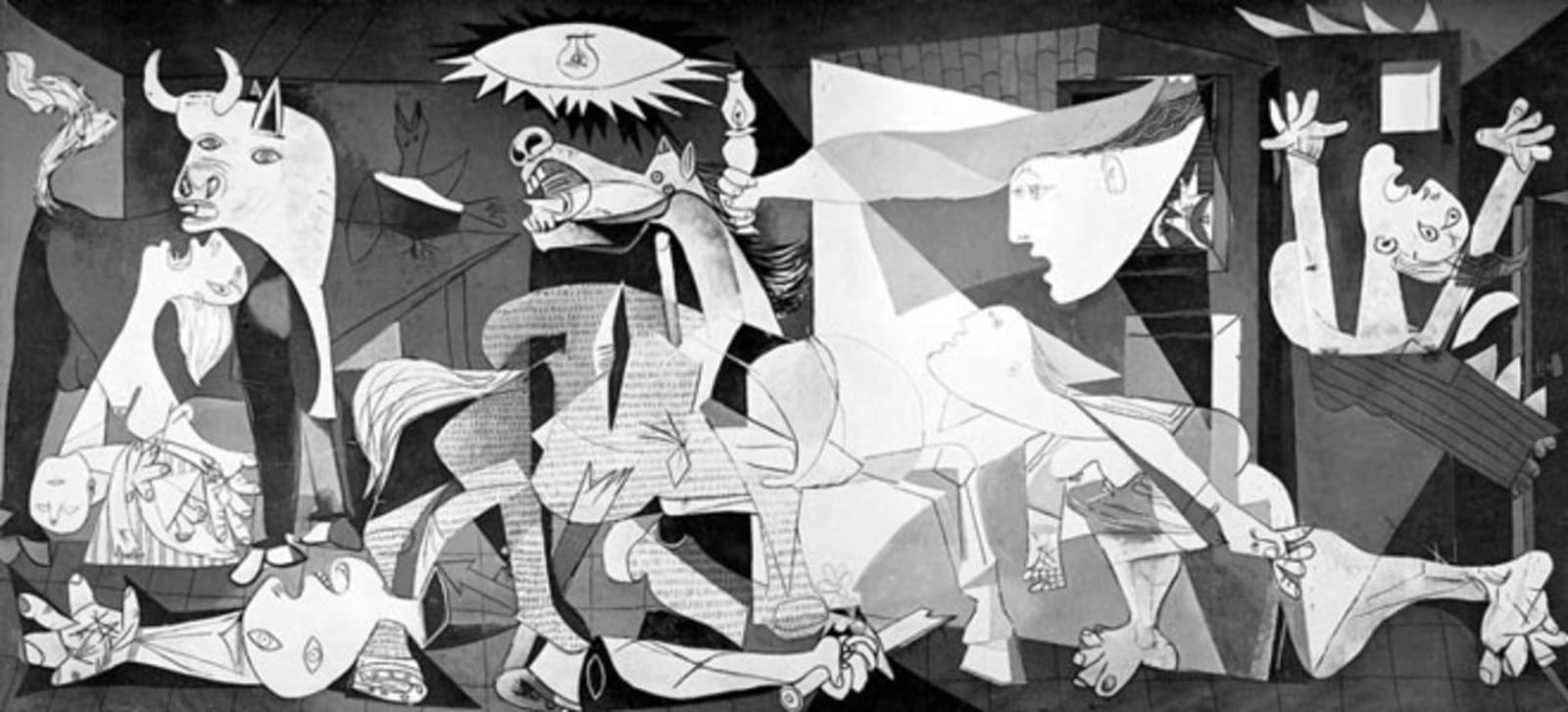
Guernica
Pablo Picasso (Pablo Ruiz Picasso)
Malaga, Spain, 1881 – Mougins, France, 1973
Art serves as a effective media that evoke emotions, provoke thought, and inspire action. It can create empathy and understanding, amplify voices, and serve as a catalyst for change in society. Artists often use their creativity and platforms to contribute to human rights movements, portraying the struggles, aspirations, and the importance of upholding human dignity and freedoms for all.
Works Cited
“Lebanon: Attack on Freedoms Targets LGBTI People Repressive Legislation; Unlawful Crackdown.” Amnesty International, 19 Sept. 2023, www.amnesty.org/en/latest/news/2023/09/lebanon-attack-on-freedoms-targets-lgbti-people-repressive-legislation-unlawful-crackdown/.
“Millions of People Have Their Lives Shattered by Armed Conflict Every Year.” Amnesty International, 18 Sept. 2023, www.amnesty.org/en/what-we-do/armed-conflict/.
“Civil Rights Movement.” ADL, www.adl.org/resources/backgrounder/civil-rights-movement. Accessed 29 Oct. 2023.
“Focus on a Work: Guernica by Pablo Picass.” Art Shortlist, artshortlist.com/en/journal/article/guernica-by-pablo-picasso. Accessed 1 Nov. 2023.
“Millions of People Have Their Lives Shattered by Armed Conflict Every Year.” Amnesty International, 18 Sept. 2023, www.amnesty.org/en/what-we-do/armed-conflict/.
